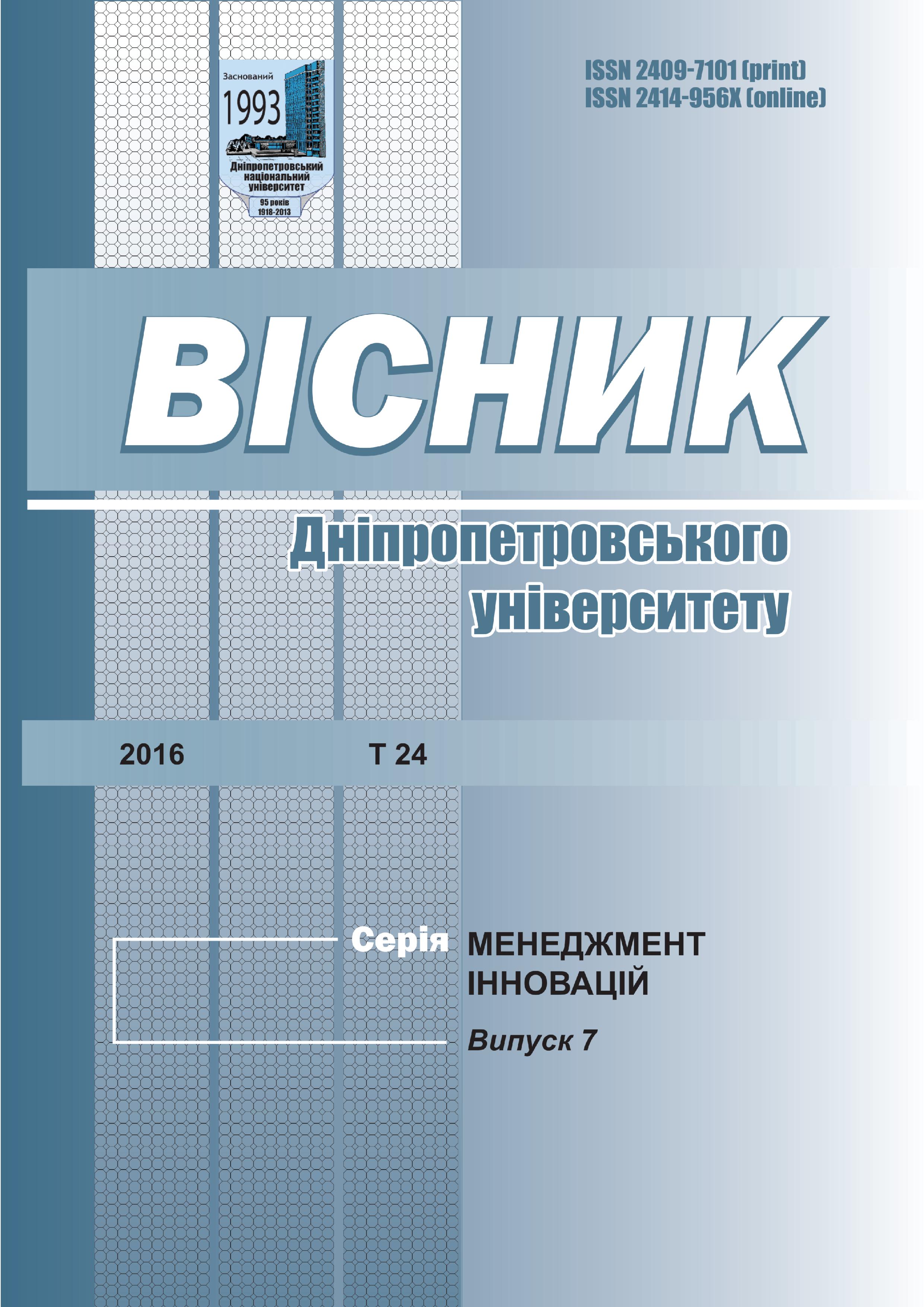Нематеріальний складник групової трудової мотивації
Non-material component of group labor motivation
Author(s): Olga Don, Irina PrivarnikovaSubject(s): Business Economy / Management, Human Resources in Economy
Published by: Дніпропетровський національний університет імені Олеся Гончара
Keywords: non-material motivation of a group; cohesion; motivational type of workers; labor productivity; intangible incentives; production enterprise;
Summary/Abstract: A limitation in financial resources of enterprises to increase financial incentives, in particular real wages of employees, led to paying more attention to the non-material part of motivation. Since the motives and incentives of group motivation have not been studied sufficiently, while the approaches used for individual motivation of employees, are not always applicable for the motivation of a group, the subject of present study is relevant. The goal of present work is to characterize non-material component of labor group motivation, motivational types of workers and to define possible intangible incentives specific to motivate a group to achieve its goal.Labor motivation should be considered as a system of components that represent a set of motives of internal and external origin, stimulating drivers that induce a labor collective to work actively towards achieving both personal and enterprise goals. Highly motivated employees are interested employees and, therefore, when reaching common goals of the enterprise, they satisfy their personal needs and consciously choose a certain type of conduct. We characterized the underlying motives (needs), which encourage employees to work. It is emphasized that the motives that define human behavior in the process of work are in plenty, but it is run by only a few of them, one of which necessarily prevails. A selection of team members with regard to differences in motives provides for the prerequisites for success.We assumed that under critical conditions, motivational needs of both individual employees and groups are mostly related to the expectation of financial remuneration for the work done. Under limited financial resources, it is expedient to use intangible incentives. When choosing them, manager should take into account the fact that in order to improve results of the work, employees must be in an environment that meets their basic emotional state. The integral components of such a "healthy" environment are proper subordination, corporate etiquette, microclimate in the team, presence of an experienced manager.Motivational impact on both the individual worker and the group as a whole is realized taking into consideration the differences in needs, character features, working behavior, status, qualifications, experience, and worldview. Present article characterized motivational types of workers by these criteria and assessed their ability to work in a group by a scale of "low capability – high capability". It was concluded that for the effective motivation of work of the group during team formation, preference should be given to people who can handle household work, who, along with those of the instrumental type, meet the requirements of effective work to a large degree.Recommendations are given on using motivational incentives in the context of the "application of incentives – forming the conditions". Scientific novelty of present research is the identification of motivational type of employee most inclined to work in group by comparing their needs and incentives. Results of the study might be used to create real conditions at an enterprise to build up group labor motivation and to engage each employee for increasing labor productivity. Promising directions for further research is the assessment of effectiveness of particular proposed motivational incentives to increase effectiveness of group work in different spheres of activity.
Journal: European Journal of Management Issues
- Issue Year: 24/2016
- Issue No: 7
- Page Range: 185-193
- Page Count: 9
- Language: Ukrainian

